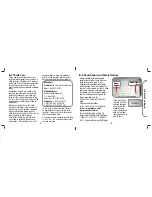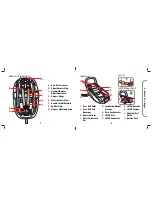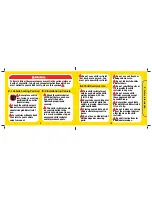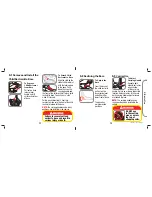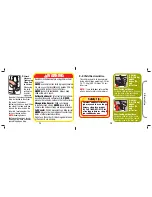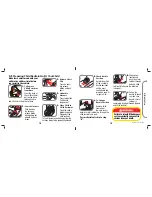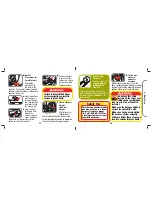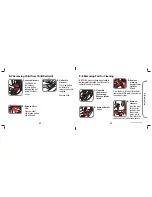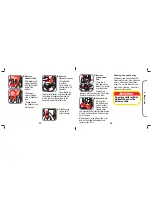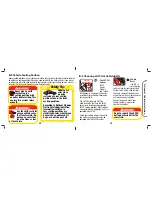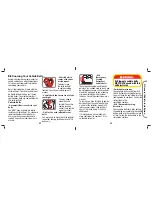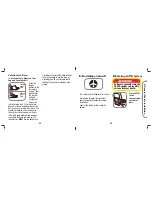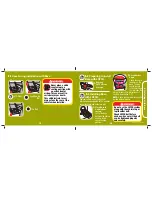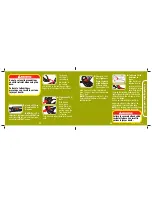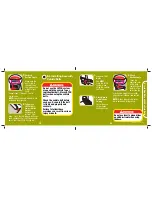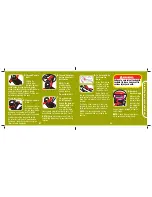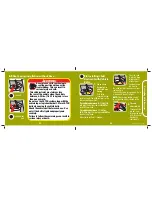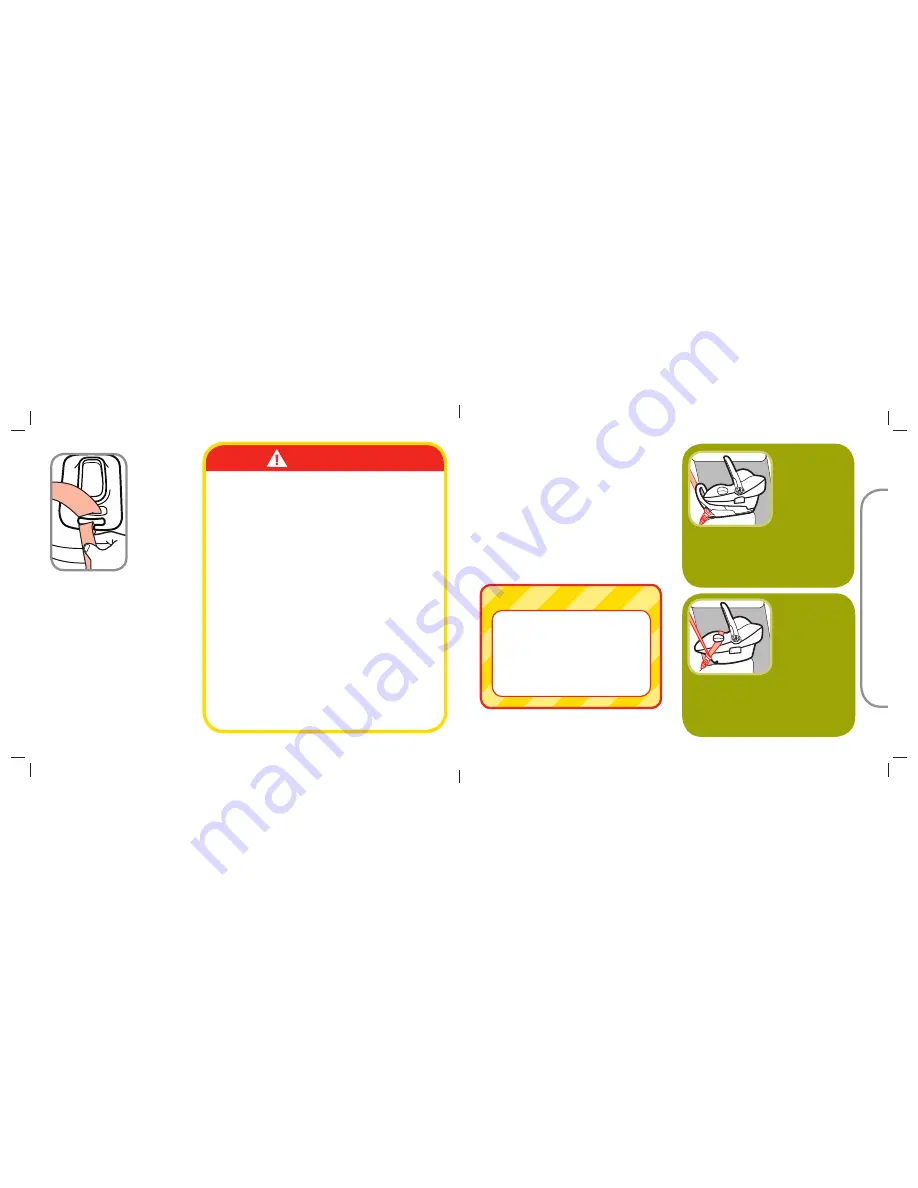
13
14
WARNING:
Read ALL instructions before using child restraint
as a carrier.
NEVER
use carrier unless child is properly secured.
For use as a carrier by children 30 pounds (13.6 kg)
or less and 29 inches (74 cm) tall or less.
NEVER
leave child unattended. Always keep
child within arm’s reach.
Suffocation Hazard:
Infant carrier can roll over
on soft surfaces and suffocate child.
NEVER
place carrier on beds, sofas or other soft surfaces.
Strangulation Hazard:
Child can strangle
in loose harness straps.
NEVER
leave child in
carrier when harness straps are loose or undone.
Fall Hazard:
Child’s movement can slide carrier.
NEVER
place carrier near edges of counter tops,
tables or other elevated surfaces.
Do not use the carrier if it is damaged or broken,
or if any parts are missing.
C-4
Child Restraint Use
This child restraint is to be used rear-
facing with children weighing 4-30 lbs
(1.8-13.6 kg) AND 29 inches (74 cm)
tall or less.
NOTE:
If your child does not meet this
criteria, do not use this child restraint.
4-30 lbs.
(1.8-13.6 kg)
and 29
inches (74
cm)
tall or less
Rear-Facing with base:
Child and child restraint with base
face the back of the vehicle and
are placed in the back seat.
4-30 lbs.
(1.8-13.6 kg)
and 29
inches (74
cm)
tall or less
Rear-Facing without base:
Child and child restraint without
base face the back of the vehicle
and are placed in the back seat.
C. Basic Use
Attach
Harness
Tightening
Strap End
to Carrier
When using
this child
restraint as
a carrier,
make sure
the end of the harness tightening
strap is attached to the carrier.
The end of the harness
tightening strap has a loop. Slide
one side of the loop onto one
tab and the other end on the
other tab located below the
harness release button.
NOTE:
Keeping harness
tightening strap end on carrier
will keep strap clean and helps
prevent tripping on strap.
2.
For older and heavier infants,
you may need to use a longer
harness strap for a proper
fit. Call 1-800-951-4113 for
a free longer harness strap if
your child needs one.
Safety Tip:



